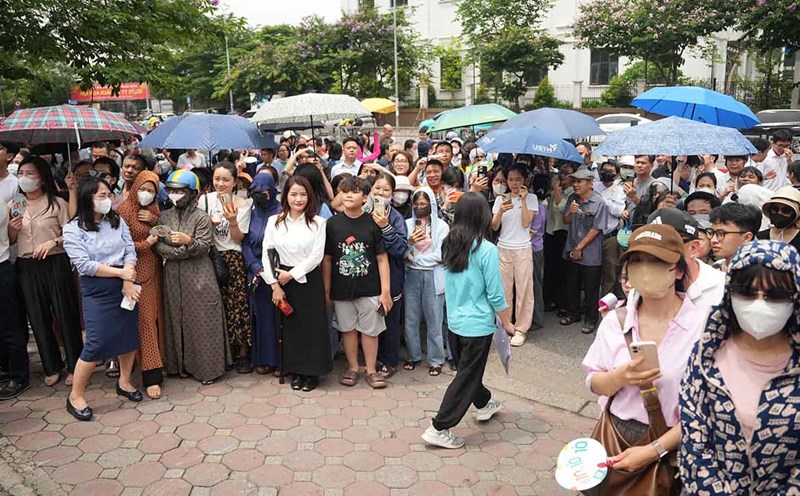The Russian Defense Ministry said on June 8 that units of the Russian military's 90th tank Division had approached the border between the Donetsk region - largely controlled by Russia - and Dnipropetrovsk. After that, Russian forces continued to advance deep into the Dnipropetrovsk region.
However, the extent of Russia's progress is unclear, as well as the specific ambitions of Russia in this attack.
Meanwhile, Ukraine denies Russia's advance. Viktor Trehubov, a spokesman for the Khortytsia forces in Ukraine, the unit responsible for the area where Russia claims to be advancing, said: "The Russian side has continuously spread false information about entering the Dnipropetrovsk region from Pokrovsk and Novopavlivka, but this information is not true."
Western media said that if confirmed, Russia's advances would be a blow to the Ukrainian army in the context of stagnant peace negotiations. In recent weeks, Russia has made some small advances in the northern Sumy region and near Lyman in Donetsk.
Russia's advance will also put more pressure on Pokrovsk, a strategic center that has been attacked for many months. On the morning of June 8, the Ukrainian General Staff said that the country's army had blocked 65 Russian attacks in the direction of Pokrovsk.
According to the Institute for the Study of War (ISW) on Russia's attack campaign, Russian forces continued their offensive activities in the direction of Pokrovsk on June 7 but did not make any progress.
According to Ukraine's Deep State analysis team, Russia now controls nearly a fifth of Ukraine's territory, including the Crimean peninsula and part of the eastern regions that had been occupied since before the conflict broke out in February 2022.
Dmitry Medvedev - Vice Chairman of the Russian Security Council - said that Russia has stepped up the operation in Dnipropetrovsk after Ukraine refused to recognize the territories controlled by Russia in peace negotiations in Istanbul.
Dnipropetrovsk borders three regions that Russia is partly controlled over, including Donetsk, Kherson and Zaporizhzhia.
One of the goals that Russia has publicly announced is to completely control these three regions. Russia has now taken control of almost the entire Lugansk region, with only a small part still belonging to Kiev.
Compared to the above 4 regions, Dnipropetrovsk has a smaller population and more rural areas, making it more difficult to defend here. Dnipropetrovsk was a key center for mining and logistics, with an estimated population of about 3 million people before the conflict broke out.
Russia's announcement of the advance on Dnipropetrovsk comes just days after its forces continued to advance deep into the Sumy region in northern Ukraine, targeting the capital of the same name with drones and artillery. The latest developments show that Ukraine is under pressure from its northern border to the Black Sea.
The conflict in Ukraine has escalated in recent weeks. Last weekend, Ukraine launched a daring drone attack, destroying many Russian aircraft deep inside the country. On June 2, Ukraine attacked the bridge connecting Russia to the Crimean peninsula.
Russian forces have also stepped in on Ukrainian territory while peace talks are still ongoing.
The delegations of Moscow and Kiev met in Istanbul early last week, in the second round of peace negotiations, but did not achieve any significant breakthroughs. The meeting only lasted more than 1 hour.











